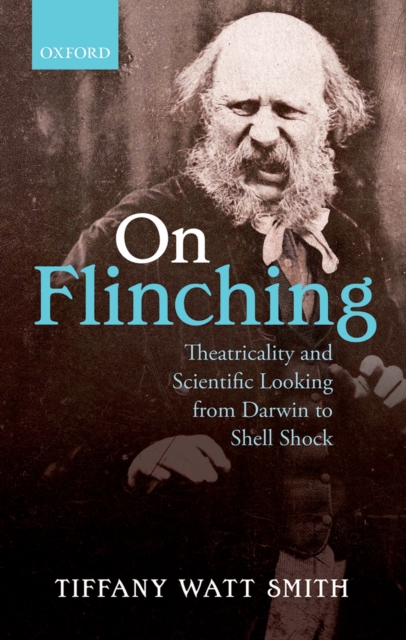
On Flinching : Theatricality and Scientific Looking from Darwin to Shell Shock PDF
by Tiffany Watt Smith
Description
While the end of the nineteenth century is often associated with the rise of objectivity and its ideal of a restrained observer, scientific experiments continued to create emotional, even theatrical, relationships between scientist and his subject.
On Flinching focuses on moments in which scientific observers flinched from sudden noises, winced at the sight of an animal's pain or cringed when he was caught looking, as ways to consider a distinctive motif ofpassionate and gestured looking in the laboratory and beyond.
It was not their laboratory machines who these scientific observers most closely resembled, but the self-consciously emotional theatrical audiences of the period.
Tiffany Watt-Smith offers close readings of four experiments performed by thenaturalist Charles Darwin, the physiologist David Ferrier, the neurologist Henry Head, and the psychologist Arthur Hurst.
Bringing together flinching scientific observers with actors and spectators in the late nineteenth and early twentieth century theatre, it places the history of scientific looking in its wider cultural context, arguing that even at the dawn of objectivity the techniques and problems of the stage continued to haunt scientific life.
In turn, it suggests that by exploring theways recoiling, shrinking and wincing becoming paradigmatic spectatorial gestures in this period, we can understand the ways Victorians thought about looking as itself an emotional and gestured performance.
Information
-
Download - Immediately Available
- Format:PDF
- Pages:230 pages
- Publisher:OUP Oxford
- Publication Date:22/05/2014
- Category:
- ISBN:9780191004353
Information
-
Download - Immediately Available
- Format:PDF
- Pages:230 pages
- Publisher:OUP Oxford
- Publication Date:22/05/2014
- Category:
- ISBN:9780191004353






